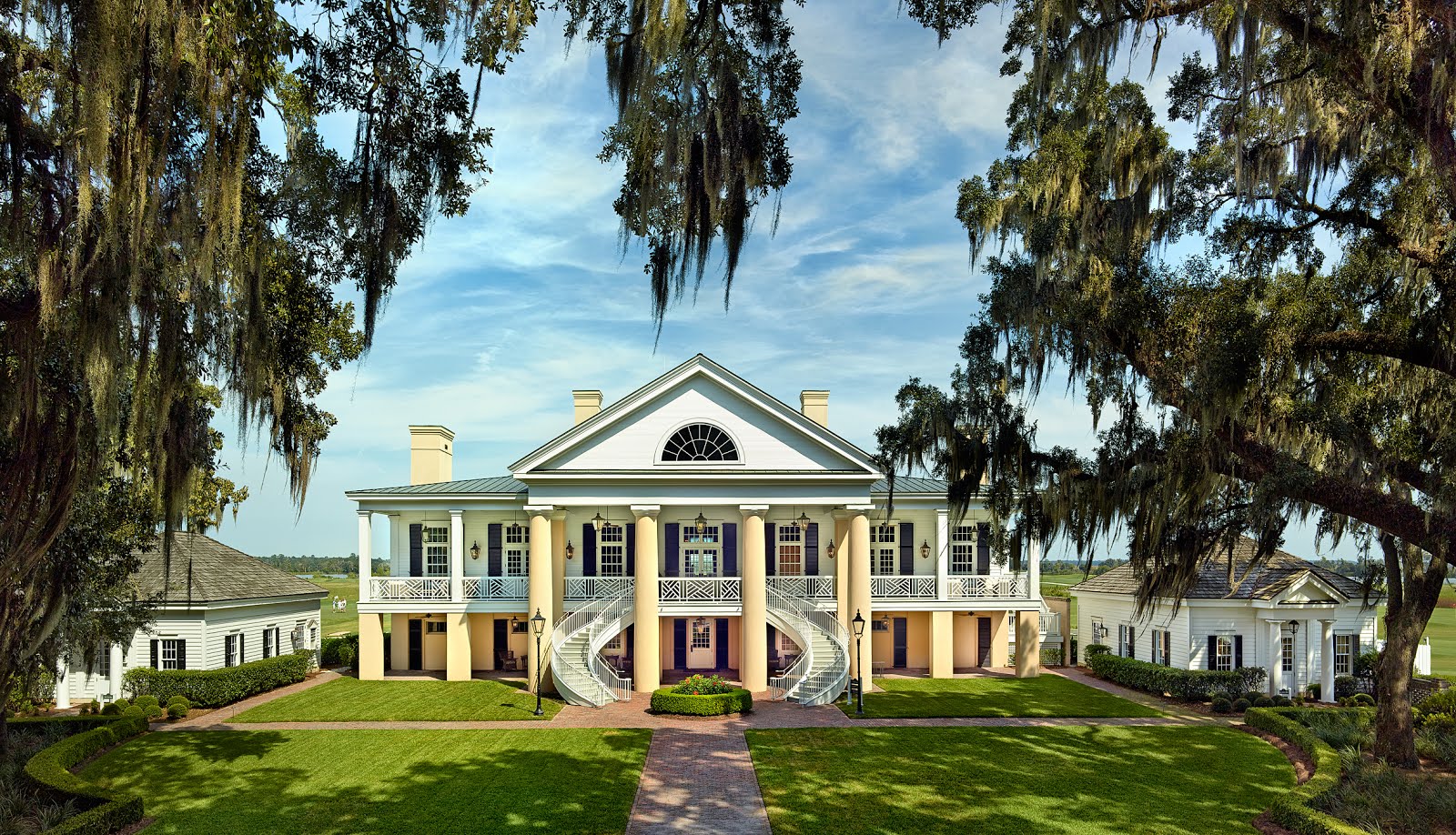The putting greens at the Ford Plantation were painted last week. Painting greens adds aesthetic beauty and contrast to the golf course when the bermudagrass goes dormant. This is the first year all the greens have been painted. Last year we experimented with painting #17 green and were very happy with the results. After the success of #17 green last year we decided to paint all the greens this year. It took two days to complete all 21 greens.
Jared Nemitz paints #7 green, feathering in the edges ensuring even distribution as he moves across the green.
Figure 1. Greens were painted from one side of the green to another requiring two people.
 |
| Figure 2. Left: Painted green; Right, Green before painting |
Figure 3. Soil temperatures taken at a depth of 3 inches on March 25, 2007. Left, painted; Middle, overseeded; and Right, no overseeding or painting (Courtesy of Clemson University).
Hope you enjoy the newly painted greens and the look it adds to the golf course.














